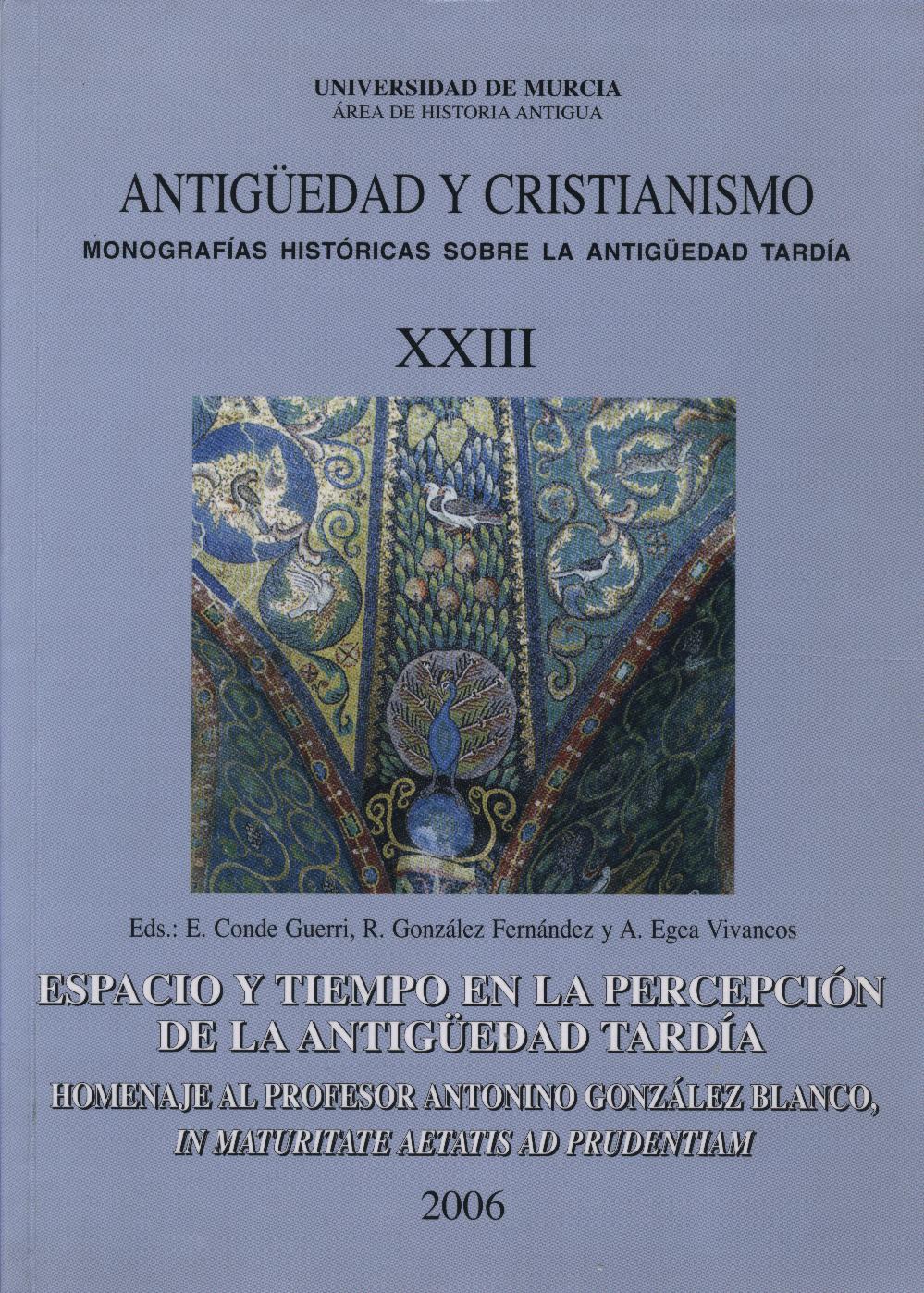Piedras y ritos de fertilidad en el Alto Aragón
Abstract
During a survey in search of fecundidty rituals in or on stones, we found a series of stone works in the Region of Huesca (Spain). We can link them to the world of fertility by means of their names (Lucia/Santa Lucia, Moras, Mujer), gynecological and phallic morphology, and some isolated remains of oral tradition. These holes may have had their origin some 1,000 years ago according to the amount of erosion discernible in the sandstone. Between the 9
th and 10th centuries, stone masons were found to be fortifying the Al Andalus frontier in order to protect the northern Ebro region. The presence of those stone masons, who proved to be excellent stone workers, seems to be linked to the creation of these caves because of the high perfection and similarity in some of them.
Downloads
-
Abstract1264
-
PDF (Español (España))1163
1. The authors non-exclusively assign the exploitation rights (reproduction, distribution, communication and transformation) to the magazine.
2. The works published in this magazine are subject to the Attribution-ShareAlike 4.0 International license (CC By SA 4.0). Therefore, they can be copied, used, disseminated, transmitted and publicly displayed, provided that:
i) the authorship and the original source of its publication (journal, editorial and URL of the work) are cited, thus allowing its recognition.
ii) it is allowed to remix, transform or create from the material while maintaining the same license as the original.
Note: Articles prior to 2022 incorrectly display the CC by SA license in the abstract page. They are under a CC by NC ND license as embedded in the article pdfs. Articles published in 2022 and after are under the CC by SA license.

3. Self-archiving conditions. Authors are allowed and encouraged to electronically disseminate the pre-print (version before being evaluated) and/or post-print (version evaluated and accepted for publication) versions of their works before publication, as it favors their publication. Earlier circulation and diffusion and with it a possible increase in its citation and reach among the academic community. Color RoMEO: verde.























